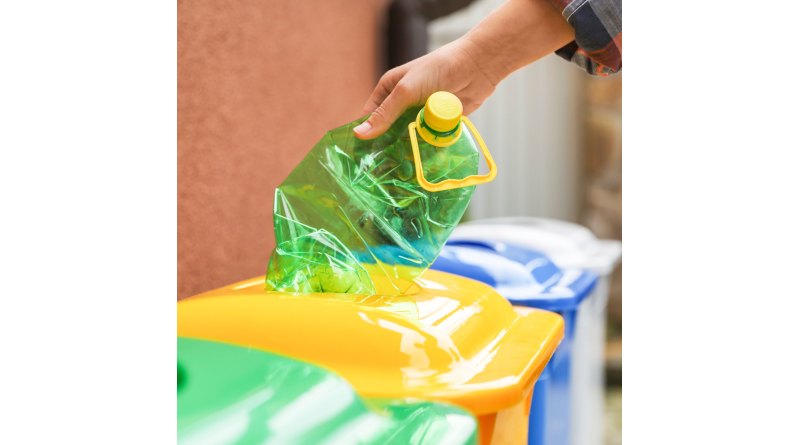Adhesive technology spearheads sustainable labelling
Global push against single-use plastics sparks legislative actions and developments in technologies
based on an article by Elizabeth Staab, Global Packaging Sustainability Manager, H.B. Fuller
There is growing demand by consumers around the world to limit the proliferation of single-use plastics. Governments are responding with legislation, regulations, and taxes designed to drive change. Globally, the UN is negotiating an end to plastic pollution. In the United States, extended producer responsibility (EPR) legislation is being introduced in various states and the U.S. Plastics Pact brings together organisations and businesses with a vision for plastics circularity. They aim to ensure all plastic packaging will be 100% reusable, recyclable or compostable by 2025. In this context, new adhesive developments offering promise for a more circular economy and reduced environmental impact.
Although the goals outlined in the New Plastic Economy are challenging to achieve in a short time frame, producers and brands are seeking packaging designs that are recyclable and avoid single-use plastics. Companies are keenly aware of the impact of perceived environmentally friendly packaging on consumer’s buying decisions, and they are evaluating the impact of their packaging and making design changes.
To make a shift towards a circular economic model, recyclability, recycling and use of recycled material are paramount. However, the Recycling Partnership finds that only 21% of U.S. residential recyclables are recycled. The PET recycling rate in the U.S. is higher, at 29% in 2022. These are still comparatively low recycling rates. Globally, PET is the most recycled rigid plastic. Bottle-to-bottle recycling effectively recycled PET bottles into new PET bottles, which can help reduce the use of fossil-based materials and CO2 emissions.
The importance of label removal in recycling
The cleaning of PET bottles is an essential step of the PET recycling process to remove any remaining liquids, labels, adhesives, or other impurities. An easy and effective label removal, thanks to wash-off adhesive, is essential to a state-of-the-art recycling process. Adhesives for wrap-around and full surface labels, that wash-off easily in the initial step of the recycling process, contribute to the overall process and improve the quality of rPET.
The Association of Plastic Recyclers (APR) and the Sustainable Packaging Coalition (SPC) collaborate with their members, which include H.B. Fuller, to understand shifting legislation and needs that affect the U.S. packaging industry. Efforts include continued educational outreach and creating clear guidelines, such as APR’s Design Guide, which ensures products are truly recycling compatible. How2Recycle labels on packaging guide consumers to place recyclable items into kerbside collection bins, when they need to check locally, bring items back to store or dispose of the packaging. APR recognition is a requirement for recyclability referenced by most EPR legislation. Nine states are debating EPR legislation for packaging in 2024. As more states continue to introduce and pass EPR legislation, prioritising APR recognition and ensuring the recyclability of packaging will be increasingly important for brands.
Caustic wash-off adhesive
H.B. Fuller says that its Earthic 4010N solution is the first hot melt labelling adhesive for wrap around labelling with recognition from APR for caustic wash off. It is claimed to offer easy wash-off, maintains the label securely in place across a wide temperature range, and is transparent on the label. It also has the Korean wash-off certification and European PET Cycle, allowing brands to use it for export. The company’s global product line includes H.B. Fuller Earthic 4001; a wrap-around labelling grade for plastic labels on PET bottles with good wash-off performance according to PET Cycle and Returpack/Veolia. Labels are removed and separated from the PET bottles to allow for efficient regranulation and the production of new preforms. It is suitable for labelling speeds of up to 37,000 bph.
Its flexibility keeps the label in place on carbonated soft drinks across a wide temperature range, says the company. The light colour makes the adhesive barely visible on the label and bottle, meeting high standards for brand integrity and label appearance. The H.B. Fuller adhesive portfolio includes solution needs across many different areas, including labelling and multipack solutions for PET bottles and cans.

